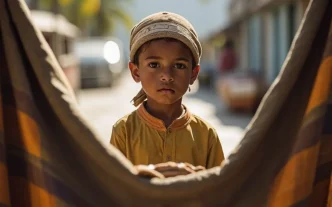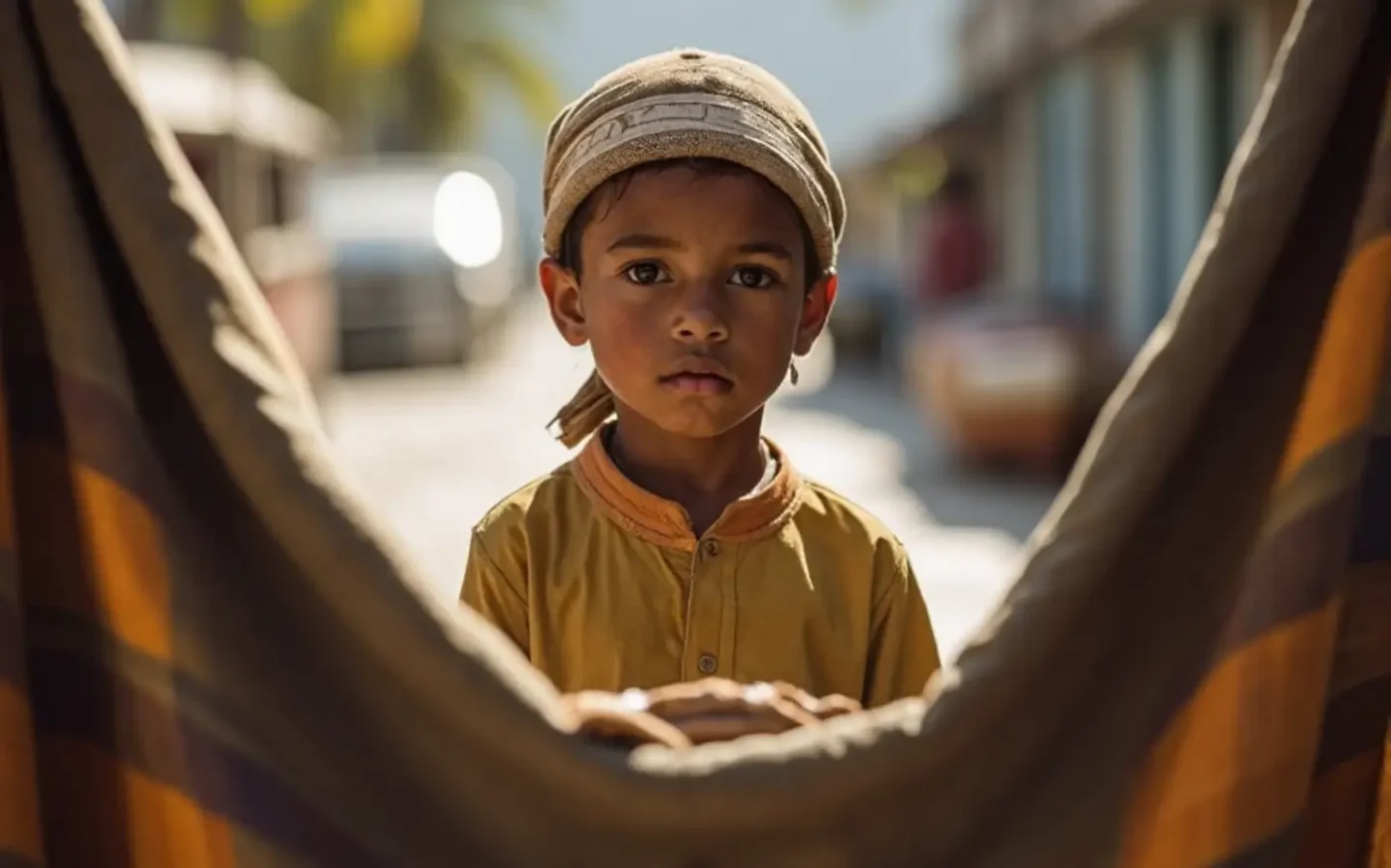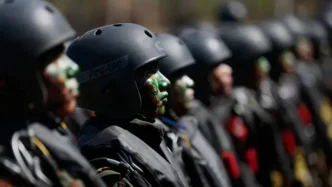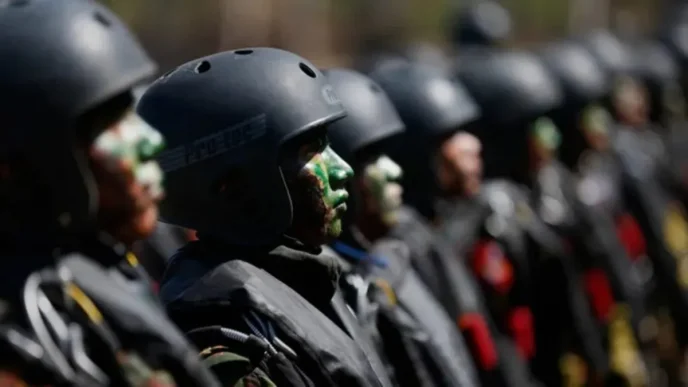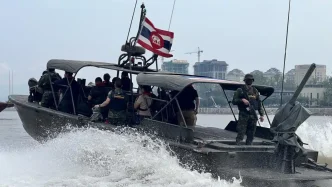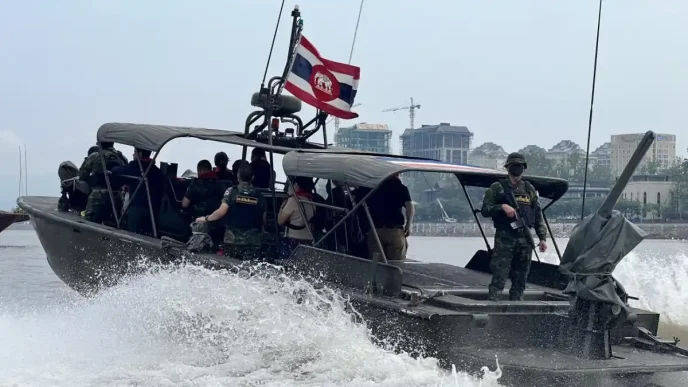In Myanmar’s western Rakhine State, a deepening humanitarian crisis is unfolding as conflict and drastic reductions in international aid push families to the brink of starvation. The United Nations World Food Programme (WFP) has reported a sharp increase in hunger, with over half of central Rakhine’s population unable to meet basic food needs—a situation exacerbated by ongoing civil war and severe funding cuts from major donors.
A Dramatic Surge in Hunger
Rakhine State, bordering Bangladesh, has become a focal point of Myanmar’s brutal civil conflict since the military coup in February 2021. The region has endured some of the fiercest fighting, particularly between the Myanmar military and the Arakan Army (AA), an ethnic armed group seeking greater autonomy for the Rakhine people. The consequences for civilians have been devastating, with the WFP reporting on Tuesday that 57 percent of families in central Rakhine are now unable to afford adequate food, a significant rise from 33 percent in December 2024. While data from northern Rakhine is limited due to active conflict and restricted access, the agency warns that conditions there are likely even more dire.
The WFP attributes this crisis to a toxic combination of factors: prolonged conflict, stringent movement restrictions imposed by the military, skyrocketing food prices, and a steep decline in humanitarian funding. These pressures have left communities in a state of desperation, with reports of increasing debt, begging, domestic violence, school dropouts, and even human trafficking as families struggle to survive.
Conflict Fuels Humanitarian Collapse
Since late 2023, Rakhine has been a battleground for intense clashes between the Myanmar military and the Arakan Army. The AA claims to control 14 of the state’s 17 townships, along with one township in neighboring Chin State, while the military clings to three strategic coastal areas. To maintain its grip, the military has blockaded key roads within Rakhine and to adjacent regions, severing vital trade routes and choking off supplies of food and other essentials. These blockades have compounded the suffering of civilians already battered by years of violence and displacement.
The conflict’s toll extends beyond immediate violence. Movement restrictions have crippled local economies, preventing farmers from accessing markets and laborers from finding work. Food prices have soared as scarcity bites, placing even basic staples out of reach for many. The WFP’s Community Feedback Mechanism has recorded a surge in distress signals, painting a grim picture of a population pushed to extreme measures just to endure.
Funding Cuts Deepen the Crisis
While conflict is a primary driver of Rakhine’s hunger crisis, the withdrawal of international aid has dealt a crippling blow to humanitarian efforts. The WFP has been forced to slash lifesaving support for over 1 million people across Myanmar since April, citing a significant shortfall in funding. Although the agency’s statement avoided naming specific causes, the impact of policy shifts in major donor countries is undeniable.
A key factor appears to be the drastic reduction in U.S. aid following a decision earlier this year to overhaul the U.S. Agency for International Development (USAID). Reports indicate that the U.S., previously the WFP’s largest donor contributing nearly half of its $9.7 billion in international funding for 2024, has cut 83 percent of USAID programs, with the remainder now managed by the State Department. This restructuring has reverberated through Myanmar’s aid landscape, forcing many organizations providing healthcare and other critical services in Rakhine to shut down operations.
The ripple effects are felt not only within Rakhine but also in the sprawling refugee camps across the border in Bangladesh, which shelter around 1 million Rohingya—most of whom fled Myanmar during the military’s violent campaign in 2017. Humanitarian groups have warned that U.S. aid cuts, alongside smaller reductions from other donors, are undermining support for these vulnerable communities and dimming hopes for sustainable solutions to their plight.
A parallel crisis unfolds along Myanmar’s border with Thailand, where hospitals serving over 100,000 refugees have closed following the withdrawal of funding from the International Rescue Committee (IRC) in January. The loss of medical services in these camps underscores the far-reaching consequences of reduced international support, leaving displaced populations with even fewer lifelines.
Regional and Global Implications
The situation in Rakhine is not merely a local tragedy but a crisis with broader regional and global implications. The state’s proximity to Bangladesh means that any escalation in displacement or hunger could trigger another wave of refugees across the border, straining an already overburdened system. The Rohingya camps in Cox’s Bazar, the world’s largest refugee settlement, are ill-equipped to handle further influxes, especially as funding dwindles.
Moreover, the conflict in Rakhine highlights the challenges of delivering aid in contested territories. Humanitarian access is severely limited by active fighting and military blockades, making it difficult to assess the full scale of need or deliver assistance effectively. The WFP and other agencies face an uphill battle to reach those most in need, particularly in northern Rakhine, where conditions remain largely undocumented due to security risks.
On a global level, the funding crisis raises questions about the sustainability of international humanitarian systems. The reliance on a handful of major donors, such as the U.S., leaves programs vulnerable to abrupt policy shifts or political decisions far removed from the realities on the ground. As donor fatigue sets in and competing crises vie for attention, regions like Rakhine risk being sidelined, with catastrophic consequences for civilians caught in the crossfire.
Voices from the Ground
Amid the statistics and strategic analyses, the human cost of Rakhine’s crisis is starkly evident in the stories of those affected. Families are not merely grappling with hunger but with the erosion of their social fabric—children forced out of school, domestic tensions rising, and entire communities pushed into cycles of debt and despair. The WFP’s reports of increased distress signals serve as a haunting reminder that behind every percentage point is a household struggling to survive.
Humanitarian workers, too, face immense challenges. With funding slashed, many organizations have had to scale back or cease operations entirely, leaving gaps in support that no one else can fill. The closure of clinics along the Thai-Myanmar border is a stark example—once a lifeline for refugees fleeing violence, these facilities are now shuttered, forcing the sick and injured to fend for themselves.
Looking Ahead: An Uncertain Future
As the conflict in Rakhine State grinds on, the path forward remains fraught with uncertainty. The Arakan Army’s territorial gains signal a shift in the region’s power dynamics, but they offer little immediate relief for civilians trapped between warring factions. The Myanmar military’s determination to hold key areas suggests that fighting—and the accompanying blockades and restrictions—will persist, further isolating communities from aid and resources.
Meanwhile, the international community faces a moral and logistical dilemma. Restoring funding to pre-cut levels may be politically unfeasible for some donors, yet the consequences of inaction are dire. Without a concerted effort to prioritize humanitarian access and support, Rakhine’s hunger crisis could spiral into an even greater catastrophe, with repercussions felt far beyond Myanmar’s borders.
For now, the people of Rakhine endure a daily battle for survival, caught in a storm of violence and neglect. How the world responds—or fails to—will shape the trajectory of this unfolding tragedy in the months to come.
